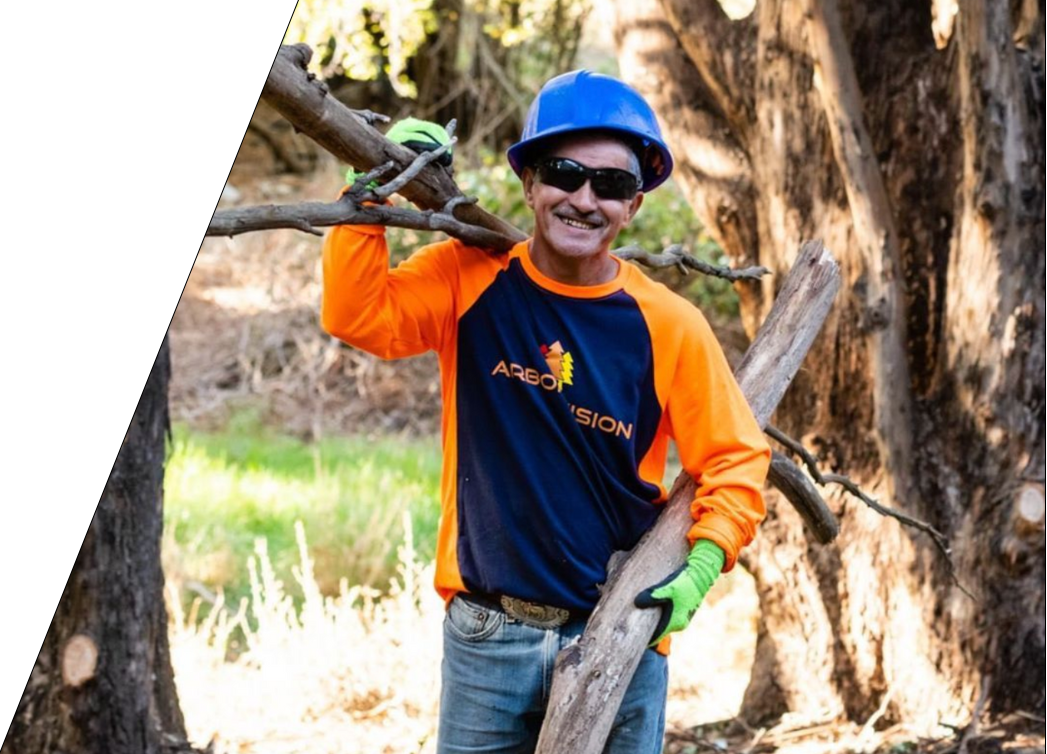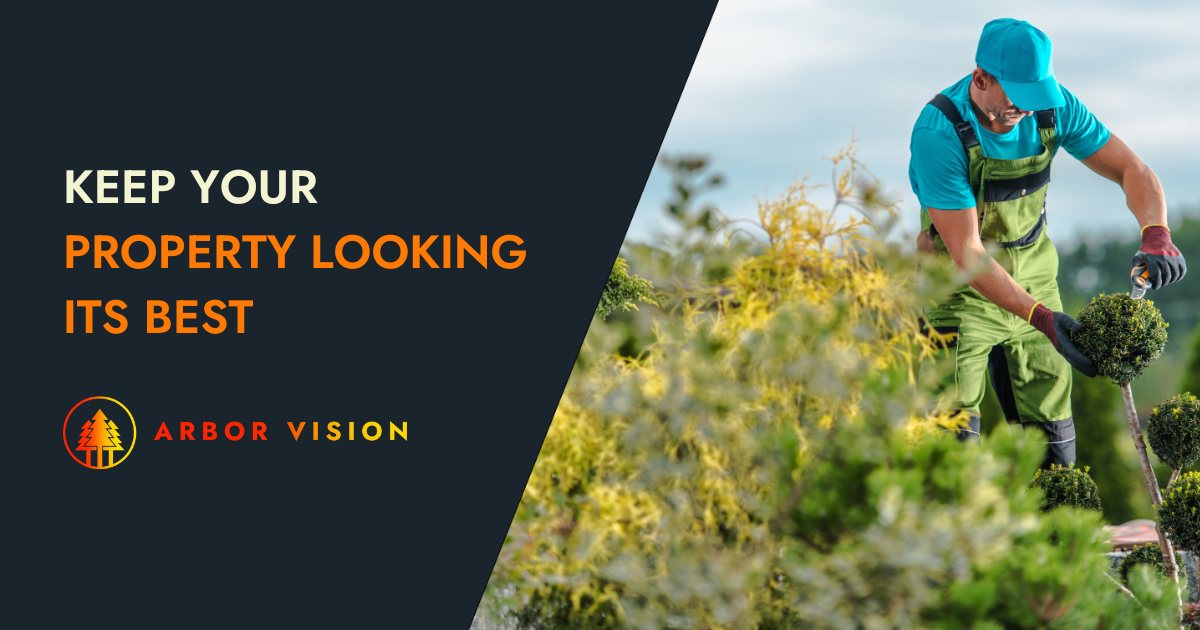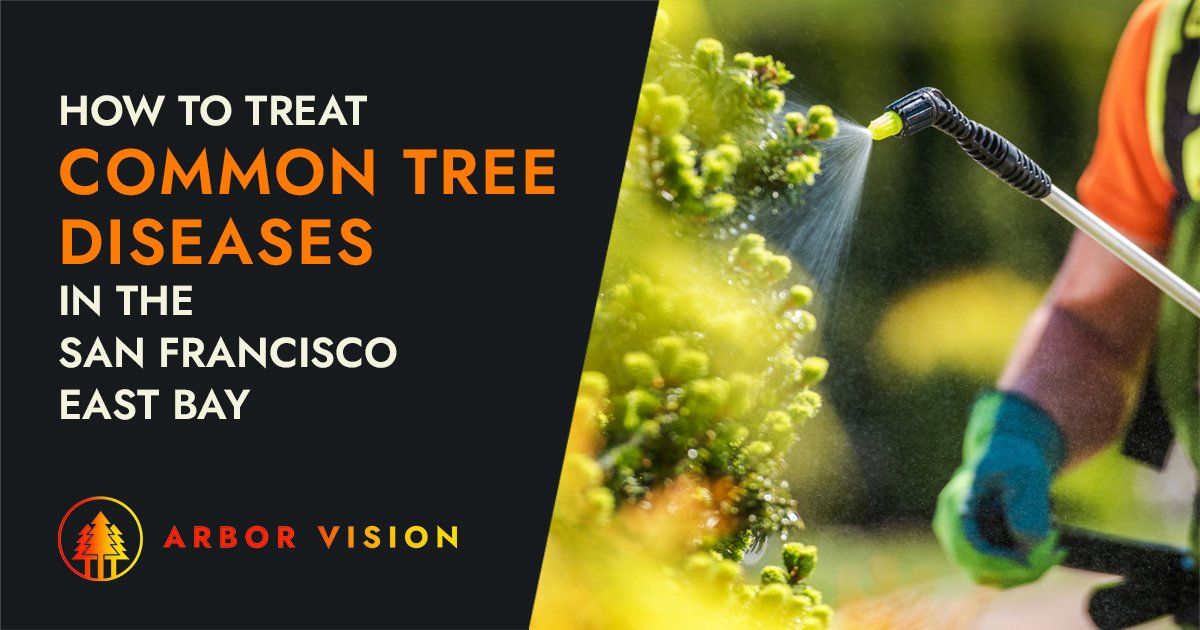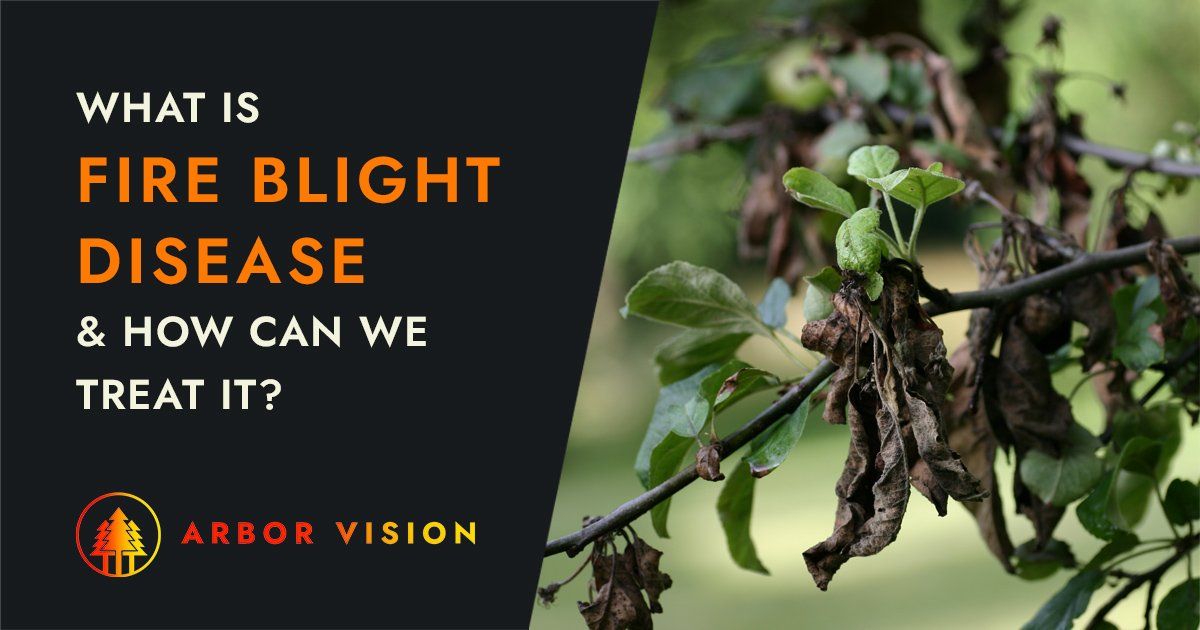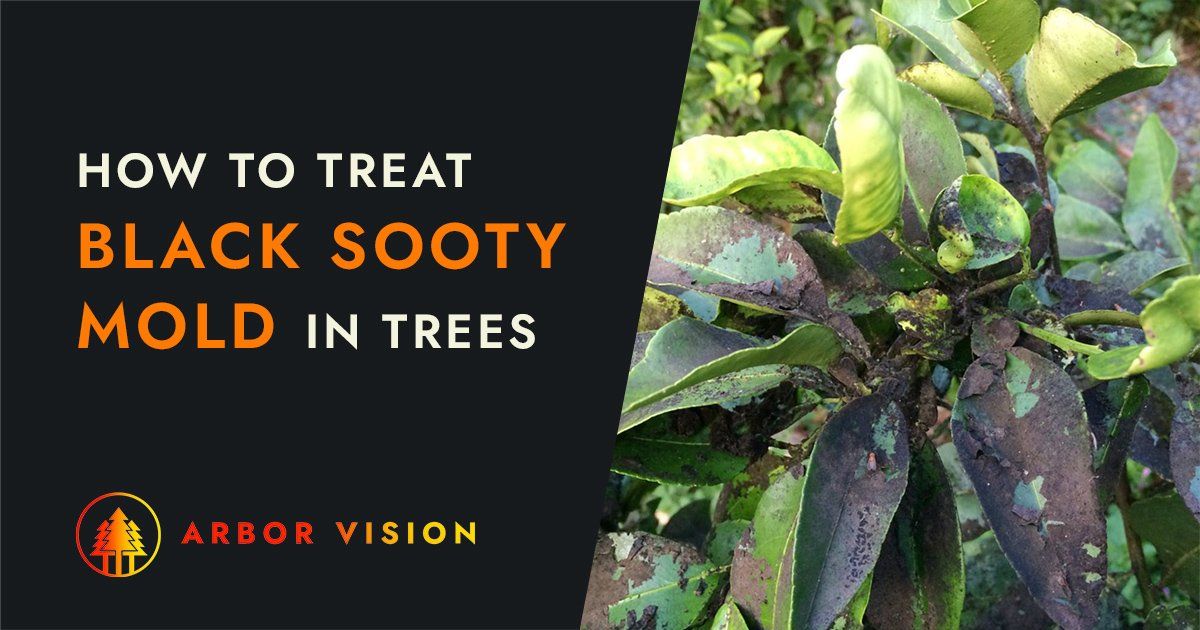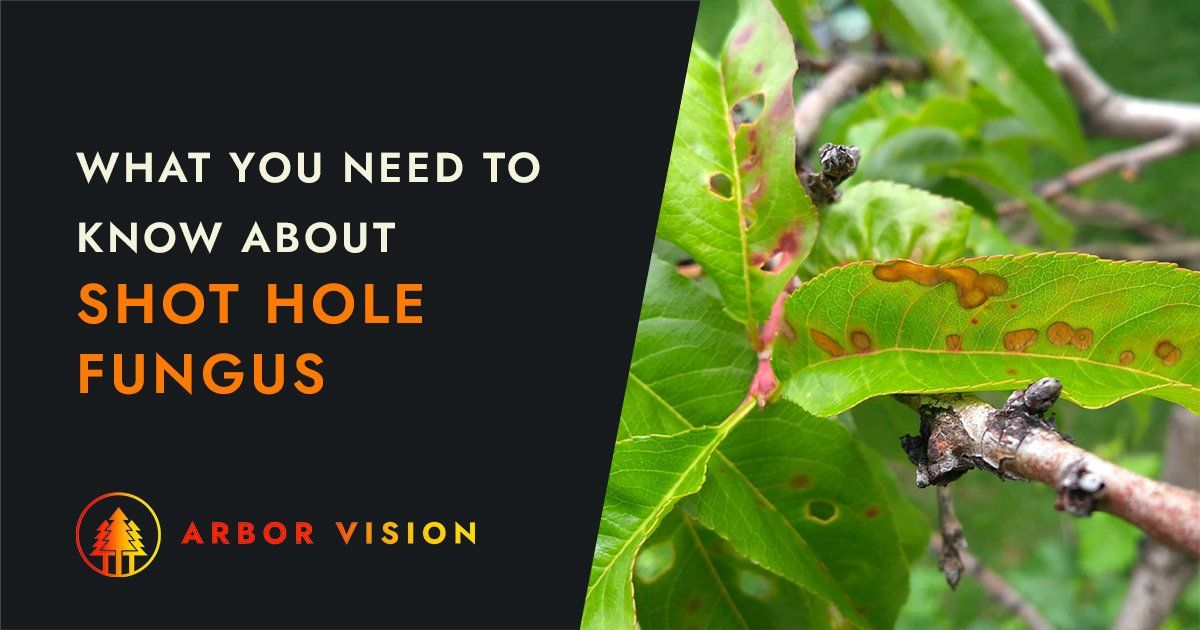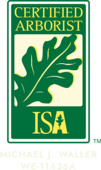Share this page:
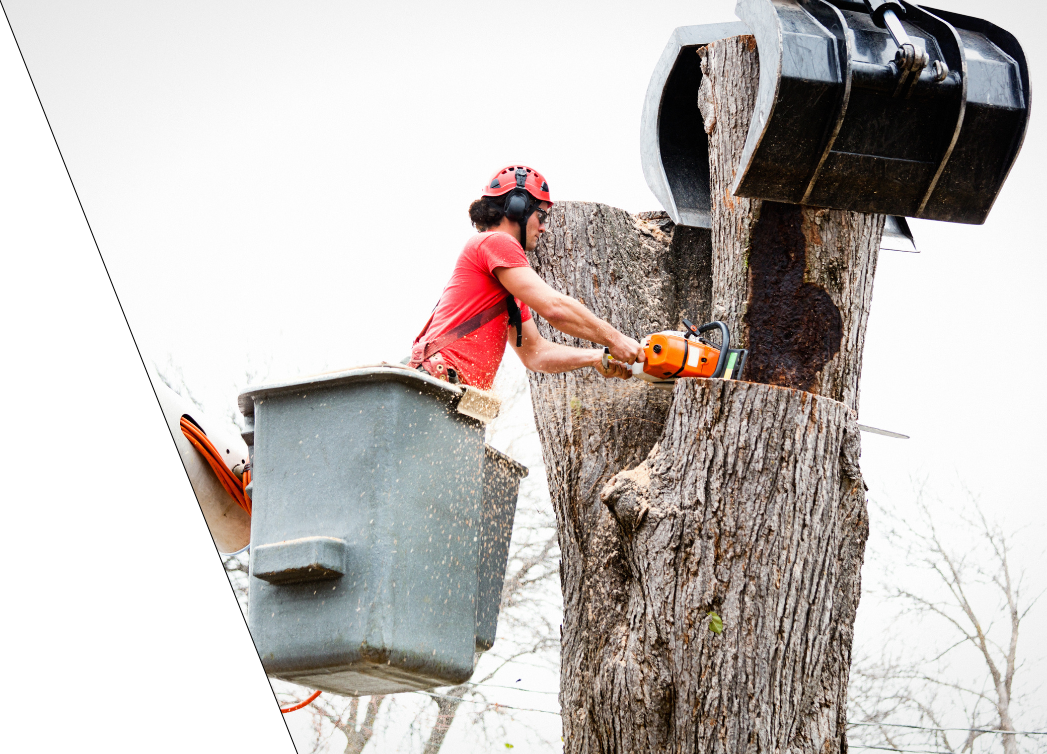
Proper tree maintenance helps create curb appeal, adding value to condominiums and rental properties. Unfortunately, property maintenance sometimes requires the removal of trees when they present a risk of property damage. However, the tree removal
process could be more dangerous, even when performed by a qualified tree service. Large branches or the entire tree can crash on the property below if the removal isn't managed correctly. When undergoing a tree removal project, using these property manager tips, you can maximize safety and minimize property damage. You can also
click here to find out more.

Assessing the Tree and the Property
ISA Certified Arborists provide professional assessments to identify hazardous conditions during tree removal. The tree assessment considers the following hazards:
- Whether the tree can hit people, property, cars, power lines, etc., if it falls
- The condition of the tree makes it more likely for dead branches to fall unexpectedly during the process
- Fungus or organic growth can spread to other trees if not managed properly
- If the tree is leaning dangerously and can fall at any time
- Weather conditions that can increase the risk of property damage or injury, such as high winds
- If the tree has been topped, presenting risks
- Level of damage to the tree, such as a split trunk, exposed or injured roots, large branches hanging, etc.
Once the hazards are identified, the arborist can determine the best removal method.
Determining the best removal method
The removal method depends on the surrounding hazards, tree height, and trunk size. Arborists usually either climb the tree and remove the tree branches and trunk pieces, letting them safely fall or lower each piece down with a rope. Extremely tall trees might require a crane or bucket truck.
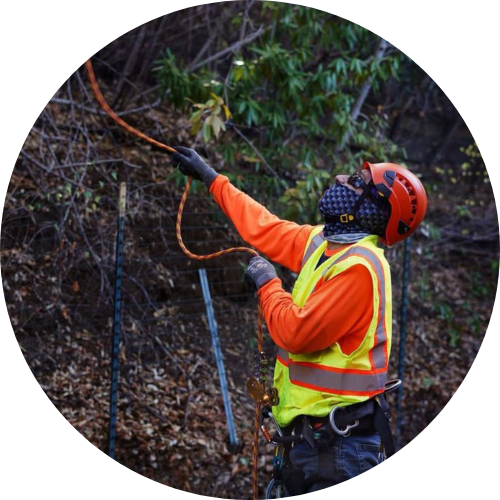
Preparing the Property for Tree Removal
Before the emergency tree removal begins, the area must be prepared, creating a safe area to work. The crew will also need enough space around the tree to create a path to remove tree pieces as they are cut. Anything that can be damaged in the area, such as outdoor furniture or maintenance equipment, should be removed.
Be sure to contact the local utility companies if digging is involved. They require two days' notice before work can begin. Also, in San Ramon, you need an encroachment permit if the team's equipment encroaches on a public street or city right of way. Your local arborist might arrange this for you, so be sure to ask.

Selecting a Professional Tree Removal Service
Certified arborists have the skills and knowledge required to perform emergency tree removal. Before hiring a tree service, ensure they are a licensed tree service with ISA-certified arborists and insurance. You also want to confirm what steps are covered by their fees. Ideally, this should include the following:
- A thorough tree risk assessment to identify hazards
- A detailed estimate
- Safe tree removal performed by certified arborists
- Expert knowledge of municipality-specific bylaws and permits required
- Removal of all debris from the work site
Compare the different services and how much the emergency tree service charges to find the best company to handle the job. You can also have them assess other trees on your property to determine if removal or maintenance is required. They can advise avoiding removing your remaining trees with a comprehensive tree maintenance plan.
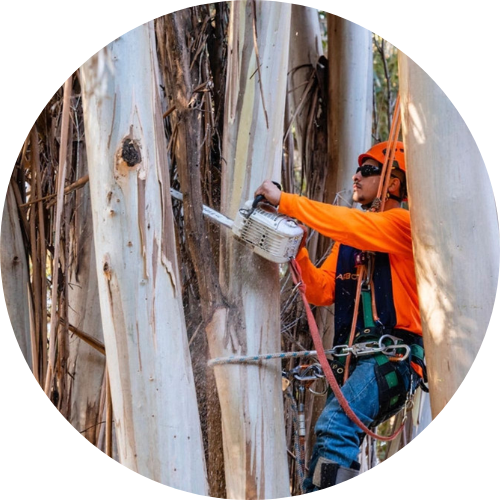
During the Removal Process
As the tree service works, you should monitor their progress to ensure they are following the proper procedure, including:
- Harnessing: The crew should use harnesses to ensure work-positioning safety and efficient branch removal.
- Cutting and stability: Cutting requires tree stability to avoid unpredictable wobbling and falls. The arborist should leave some branches uncut to help maintain the balance and stability of the tree. Once the tree is stabilized, the arborist can cut the remaining branches and trunk segments.
- Trunk removal: In most cases, medium to large tree removal from properties in San Ramon, CA, requires a notch at the top of the trunk to remove the trunk in sections, as opposed to a single notch at the bottom to fell the tree in one piece.
- Stump: Once the arborist reaches the ground, most of the tree, other than the stump, will be removed.
Identifying and addressing property damage
Identifying and addressing property damage during the process helps limit further damage. You can assess property damage and arrange repairs to keep the site safe.
Following proper safety protocols
In addition to using proper safety gear, arborists follow proper safety protocols, including:
- Estimating the felling zone to ensure there is enough room to avoid property damage
- Using a wedge to help the tree fall in a safe direction
- Paying attention to "kickback limbs" that can cause the crew to fall or sustain injuries
- Using ropes and harnesses
- Keeping the tree away from power lines
- Cutting the tree into smaller pieces to make them easier to manage and haul away

After the Removal
Arborists feed branches into a chipper to make it easier to remove debris. They also cut the trunk into manageable pieces, which are removed from the site. As a result, they make the final cleanup easier for themselves and their customers. Once they are done, it's a good idea to assess property damage again, as further damage could be caused during the process. This way, you can arrange for repairs and also determine if the tree company's insurance covers any new damage caused.
Restoring the property
Once you have the thumbs up from the tree service, the work is finished, and you can arrange for any further repairs. If repairs aren't necessary, you can put anything removed from the area back in place, and occupants can enjoy the outdoor space again safely.
Learn More
Minimizing property damage during tree removal is all about assessment and planning. The best way to ensure efficient removal is to hire emergency tree removal services offering thorough tree assessments to limit risks. For more information on tree removal services, click
here.
Share this page:
